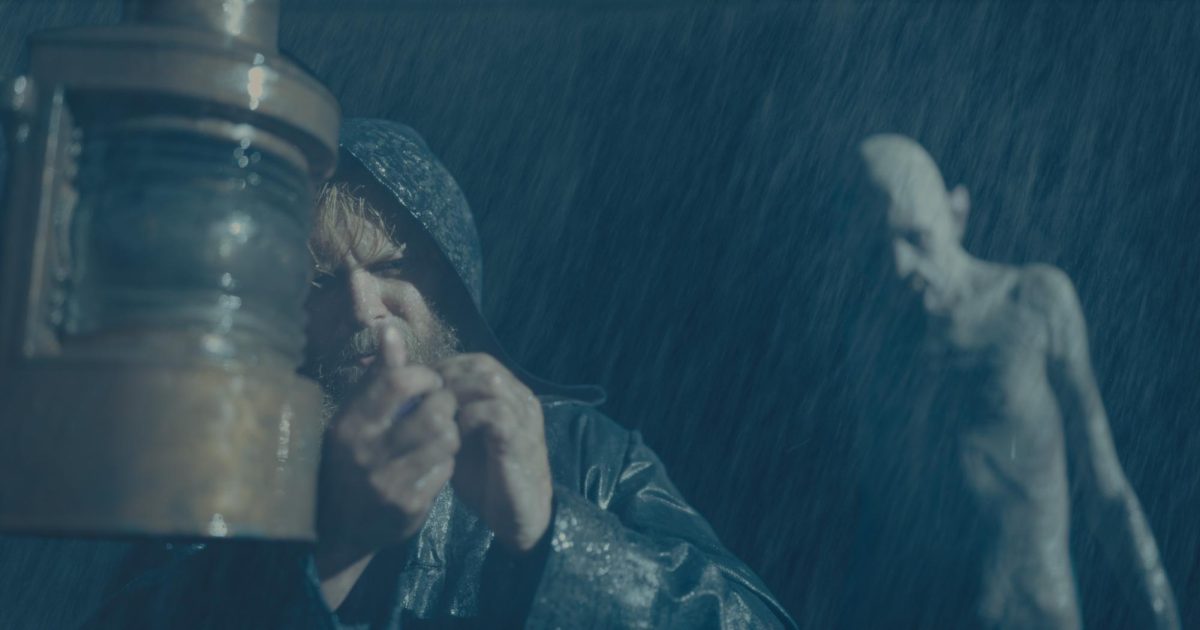In 1931, actor Bela Lugosi played the titular character of Count Dracula, a name recognized by horror fans around the world. From this first major film adaptation of Dracula in 1931 to the classic 1992 film by Francis Ford Coppola, directors portrayed Dracula as a human-like figure. Dracula tends to show sharp fangs and a long cape but an otherwise human body.
“Ever since I was a little girl, when I think of Dracula, I think of a pale human with sharp fangs, pointy ears, and black hair with a widow’s peak. He lives in Transylvania and wears a black cape, black dress pants, and shiny black shoes” NC parent Pamela Fusaro said.

André Øvredal, director of “Scary Stories to Tell in the Dark” and “The Autopsy of Jane Doe,” aimed to change this cliché. In 2003, writer Bragi Schut Jr. met colleague Zak Olkewicz, who shared an interest in Dracula. Olkewicz previously worked on Bram Stoker’s Dracula, and Schut found interest in the miniatures used in the film’s production. Together, the duo worked on the script for “The Last Voyage of the Demeter” for almost two decades. Their film did not take inspiration from other movies, but rather from a chapter of the original Dracula novel. The chapter uses nothing more than a simple captain’s log about Count Dracula. Øvredal took this opportunity to make Dracula as scary as possible.
The portrayal of Dracula in “The Last Voyage of the Demeter” portrays a scarier monster than other versions of the Count. He possesses the features of a bat with giant ears and haunting eyes. Dracula uses his menacing claws to tear into his victims, feasting on their blood. Gorier than a two-hole bite that other films show, this excellently sets up scares that make the movie a fantastic thriller.
“The new Dracula is a lot more of a monster, starting as a little creature crawling around, ending up [human-sized] with wings. Even when he is in his full form, he doesn’t look fully human. It’s way more terrifying than a man with sharp teeth,” NC alum Michael Fusaro said.
“The Last Voyage of the Demeter” takes place on the Demeter, a sailing ship, as Dracula slowly tortures the crewmates. At first, the crew does not see a monster until they find the animals aboard the ship murdered. In a concise setting, the ship effectively shows a scary trope of “no escape.” Only when they see their peers vampirized does the crew believe in the monster.
Although the film does not follow the stereotypes of other horror flicks, “The Last Voyage of the Demeter” takes into account the vital vampire rules. For example, Dracula can infect humans and turn them into vampires with a single bite. However, these vampires appear undead, much like zombies in other films. In one horrifying scene, an infected crewmate bashes his head into a door until he can reach the other side. The special effects add to the film’s horror immensely. Dracula’s victims try to attack other humans, but they also burn in the sunlight. They do not cartoonishly evaporate into dust, rather they burst into flames until they meet their demise, a spectacular effect to watch.
The film receives criticism for its slow pace and unusual depiction of Dracula; however, these traits make the movie incredibly thrilling. The film displays spectacular acting, a wonderful cast, and haunting music. A fantastic and unique interpretation of the Dracula book, “The Last Voyage of the Demeter” shows the incredible format of film adaptations by recreating the story in a realistic, visual way. Horror fanatics will love the dramatic tale of “The Demeter.” An underrated, brilliant tale, “The Last Voyage of the Demeter” will go down in Dracula history.
The Chant’s rating: B+
















